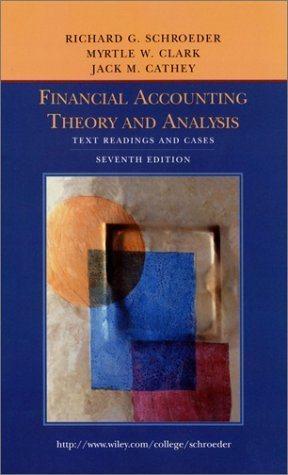
Consider the Edgeworth economy. Consumer As utility function is UA(21, xA) and her endow- ment is (w4, w). Consumer B's utility function is UB (XP, x?) and her endowment is (w, w?). Let (24, 2A) denote the allocation of consumer A and (x, x) the allocation of consumer B. (a) Write down the no envy conditions discussed in class for both consumers. Briefly argue how it captures fairness consideration. Note that from the government's perspective, in order to choose no envy allocations, it needs to know consumers' utility functions. Next let us consider alternative notions of fairness. (b) One simple notion is equal division. Find the equal-division allocations for both consumers. A related notion is equal division lower bound: that is, each consumer's allocation is no worse than equal division. Define this notion. Note that these two notions do not involve inter-personal comparisons. (c) Another natural extension of equal division, this time involving inter-personal comparisons, but again formulated in physical terms, is that no consumer's allocation will dominate the other consumer's allocation, that is, each consumer should receive at least as much of all goods as, and more of at least one good than, the other consumer. Define this notion. Note that this notion do not involve utility functions. Consider the Edgeworth economy. Consumer As utility function is UA(21, xA) and her endow- ment is (w4, w). Consumer B's utility function is UB (XP, x?) and her endowment is (w, w?). Let (24, 2A) denote the allocation of consumer A and (x, x) the allocation of consumer B. (a) Write down the no envy conditions discussed in class for both consumers. Briefly argue how it captures fairness consideration. Note that from the government's perspective, in order to choose no envy allocations, it needs to know consumers' utility functions. Next let us consider alternative notions of fairness. (b) One simple notion is equal division. Find the equal-division allocations for both consumers. A related notion is equal division lower bound: that is, each consumer's allocation is no worse than equal division. Define this notion. Note that these two notions do not involve inter-personal comparisons. (c) Another natural extension of equal division, this time involving inter-personal comparisons, but again formulated in physical terms, is that no consumer's allocation will dominate the other consumer's allocation, that is, each consumer should receive at least as much of all goods as, and more of at least one good than, the other consumer. Define this notion. Note that this notion do not involve utility functions







